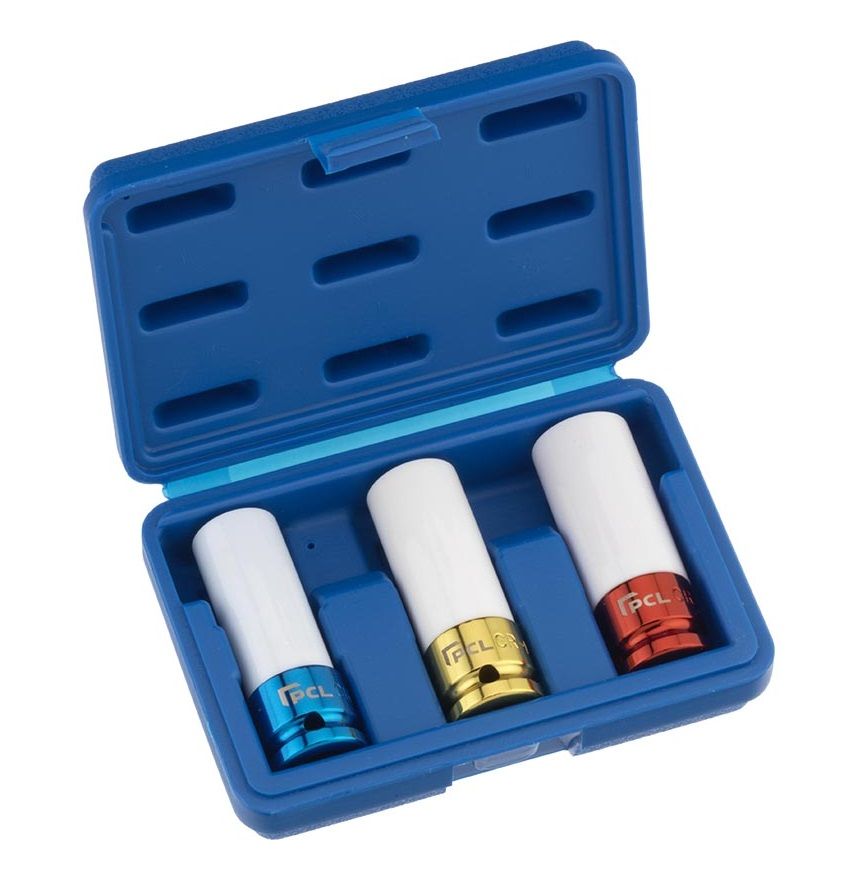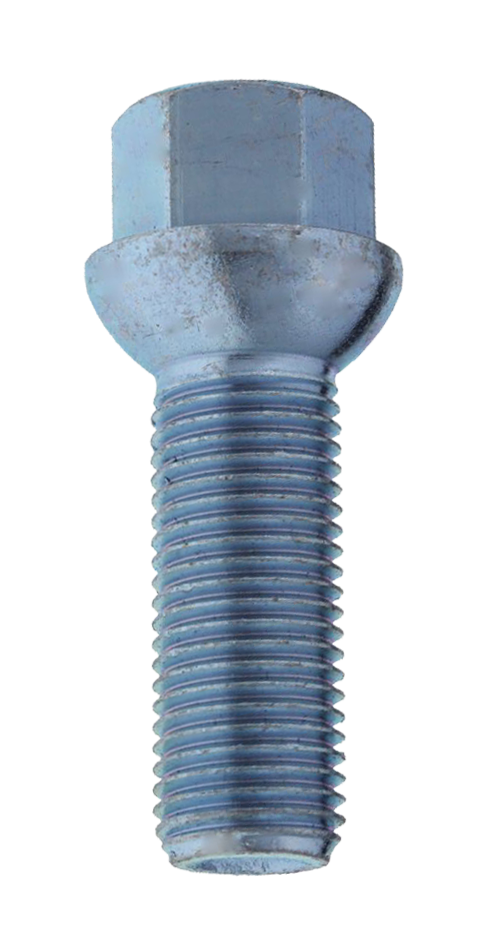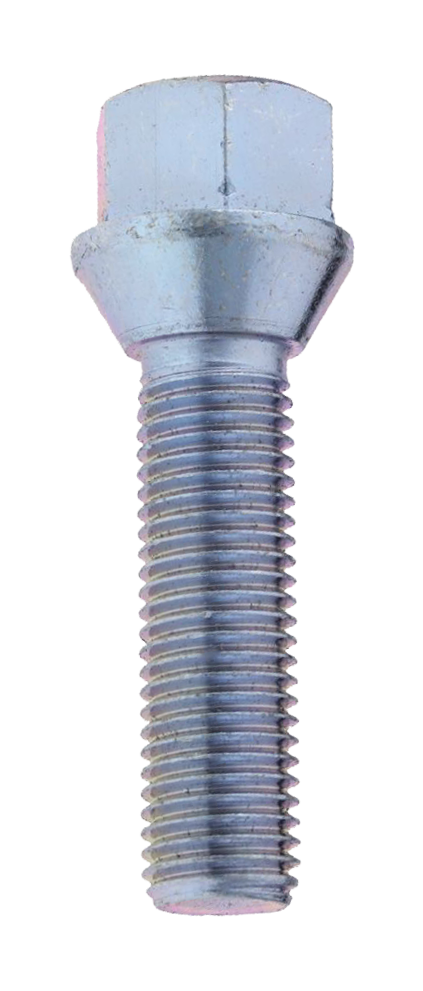What are the most common wheel bolt & nut mistakes?
We are happy to tell you more about our experiences and share the top 3 mistakes in the field of wheel bolts and wheel nuts! Prevent incorrect assembly and damage by following the tips below.
1. Consequences of not applying a torque wrench
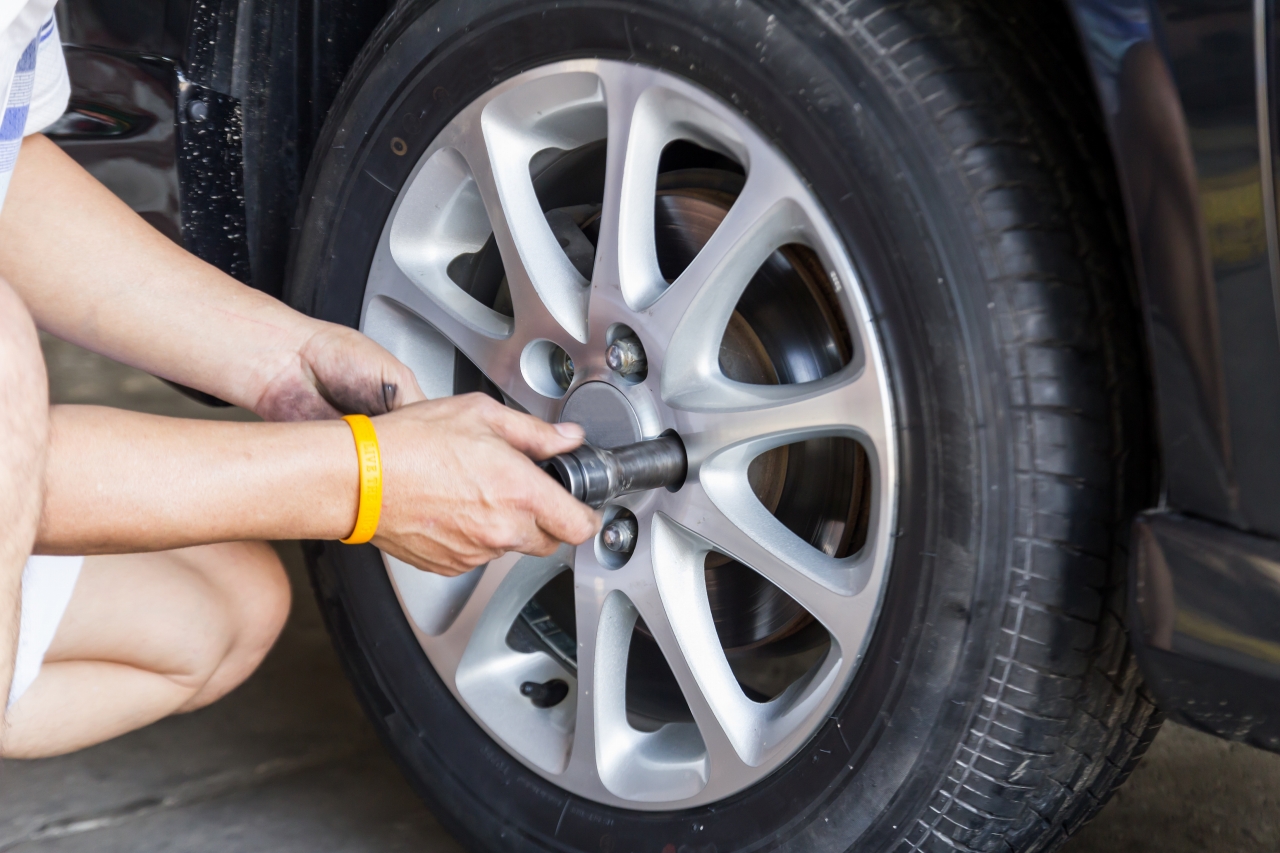 | Of course, using an impact wrench is common for mounting the wheel bolts and nuts. However, it is often forgotten to use a torque wrench to check whether the bolts or nuts are mounted with the correct torque after using the impact wrench. |
So what is the perfect tightening moment?
Unfortunately, the perfect tightening torque does not exist. The tightening torque of wheel bolts depends on the rim, the vehicle, and the wheel bolts or wheel nuts. The correct tightening torque can be found in the instruction booklet. Be careful here, because the values in the booklet, or the commonly used torque posters are based on the original rims and wheel bolts. There is a chance that the rims, bolts or nuts are no longer original. The tightening torque for the wheel bolts of the passenger car, motorhome, caravan and trailer are the same; it depends on the rim used, not the vehicle.
In general, the following values can be taken as default:
- Tightening torque wheel bolts / nuts for steel rims: 90 Nm
- Tightening torque wheel bolts / nuts for alloy wheels: 120 Nm
>Please note that these are general guidelines, not binding advice!
What is the right order?
To secure the rims as well as possible, it is important to tighten the bolts or nuts crosswise. So with 5 holes, the order is 1, 3, 5, 2, 4. If you have four holes, the correct order is 1, 3, 2, 4.
What if the tightening torque is not correct?
If the tightening torque is too low, the rim can vibrate and even come loose! This can cause the wheel to come off the car or caravan while driving. Choosing a tightening torque that is too high is also not desirable, you can break the wheel bolt, damage the rim or the wheel bolt cannot be loosened after mounting.
Aftercare
When the rim is attached and you start driving, the bolts and rims can still move a bit. This is because a wheel was crooked when mounted or another cause. It is therefore recommended to retighten the wheel bolts / nuts after the first 100 kilometers with a torque wrench that is set to the correct torque.
.
2. Not using the correct impact sockets
3. The wrong shape wheel bolt - nut
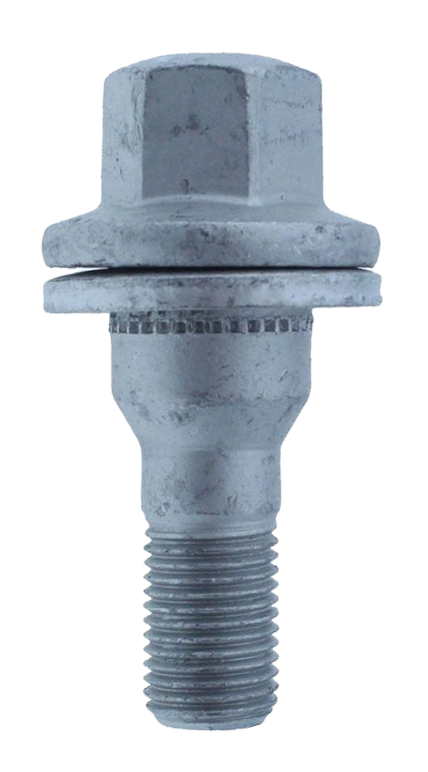 | Convex or conical? What is the difference? The different designs and shapes of the wheel bolts and nuts are becoming more and more varied. The most common shapes are convex, conical and flat, but the variations have increased enormously in recent years. When changing the rim, it is extremely important to use the correct wheel bolt shape, but if a wheel bolt is lost, always pay attention to the shape. A rim with a convex fit fitted with a conical wheel bolt or wheel nut will eventually cause vibrations and may even come loose. With a convex connection, the radius of the convex shape can also vary. |
As with determining the correct tightening torque, there are a number of so-called standards:
- Steel rims are often provided with a convex wheel bolt shape,
- Original rims are often provided with a convex wheel bolt shape,
- The aftermarket wheels are often provided with a conical wheel bolt shape
Below is an overview of the most common wheel bolts:
|
|
|
| 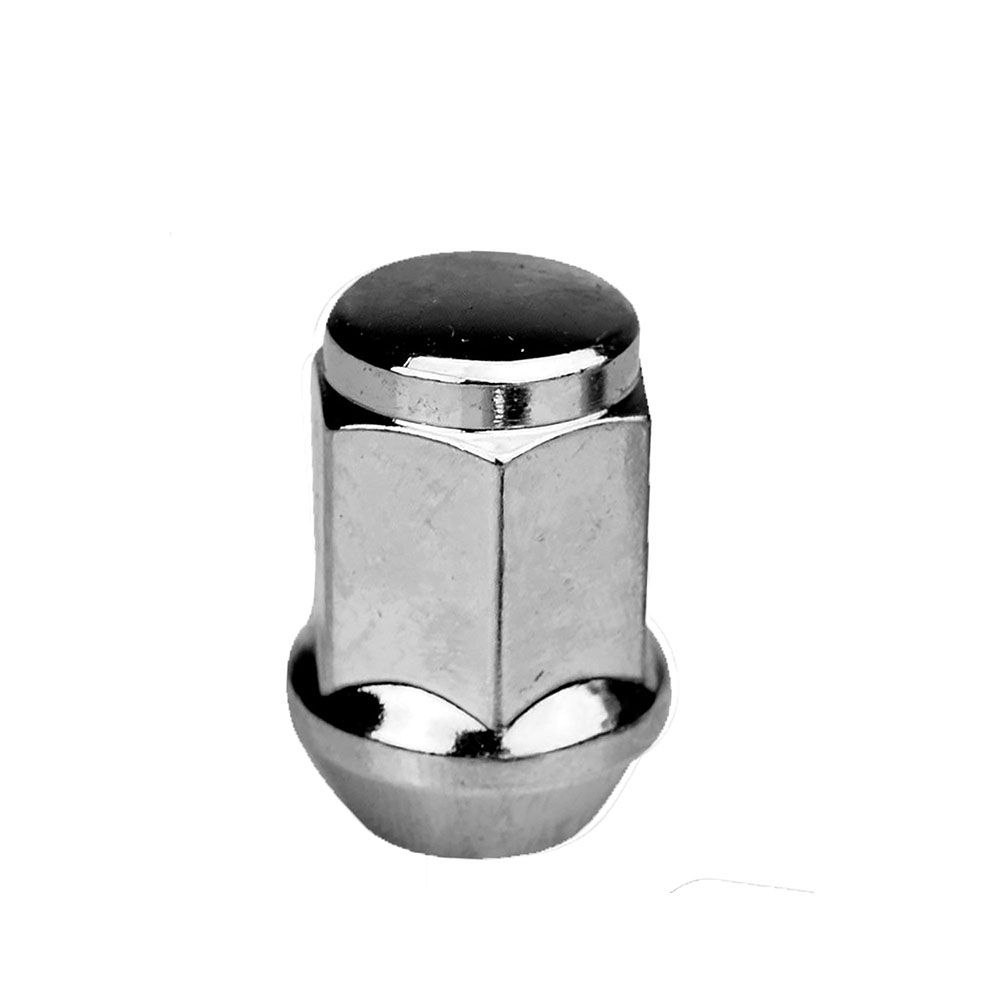 |
| Convex | Conical | Flat | Wheel nut conical |
More information
Never mount the wrong wheel bolts and nuts again, and discover the complete range online or download the overview folder with all sizes and shapes!







